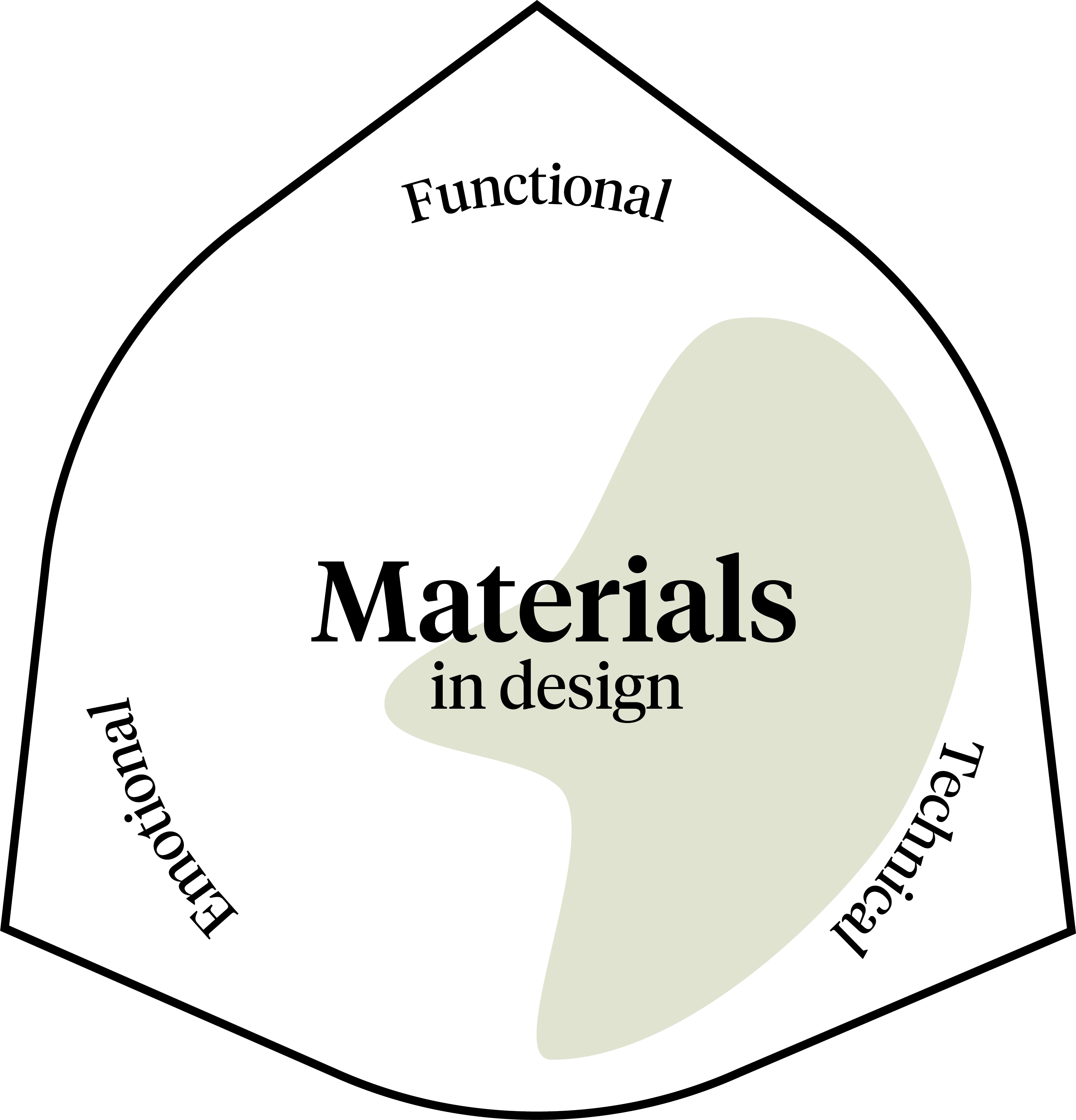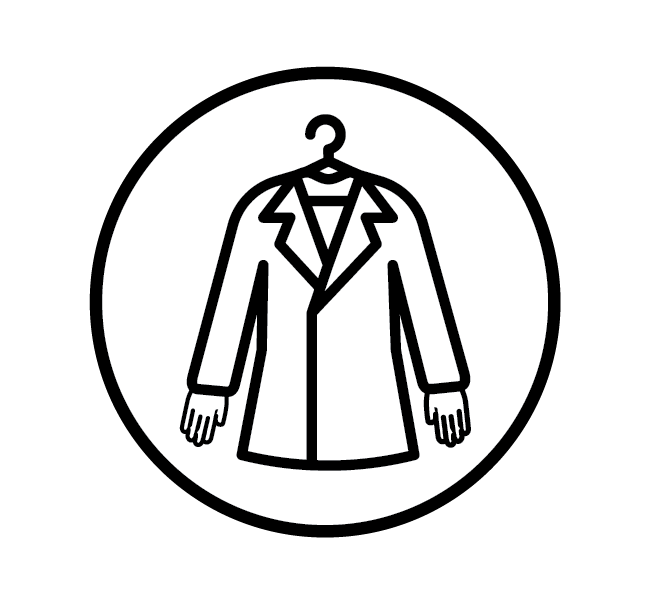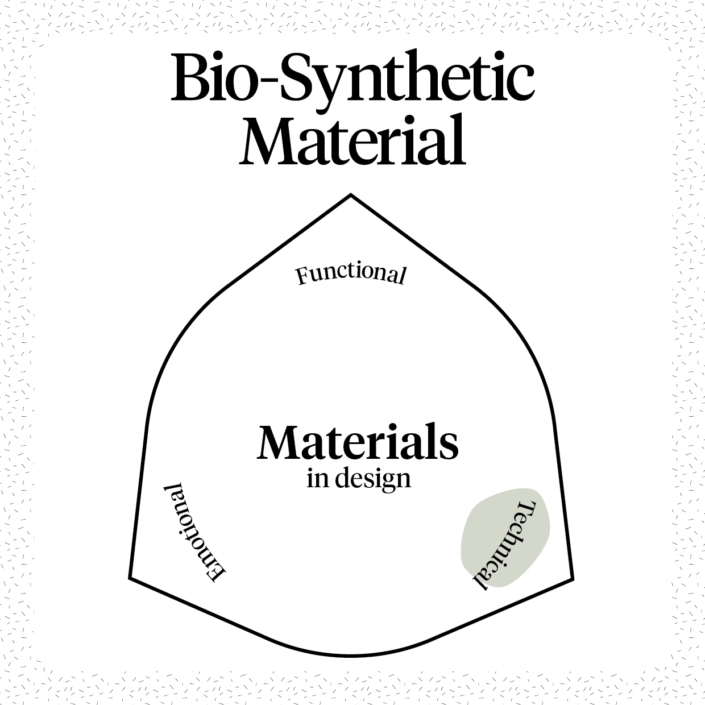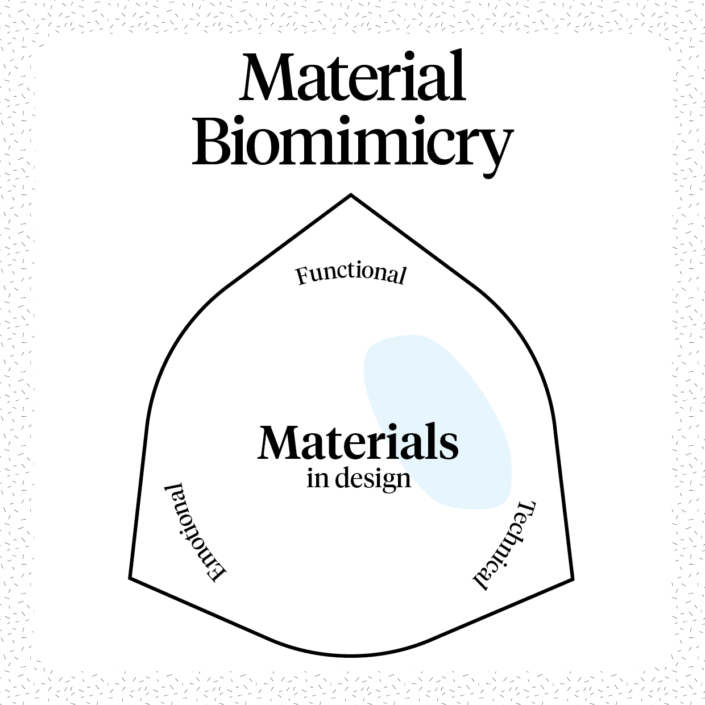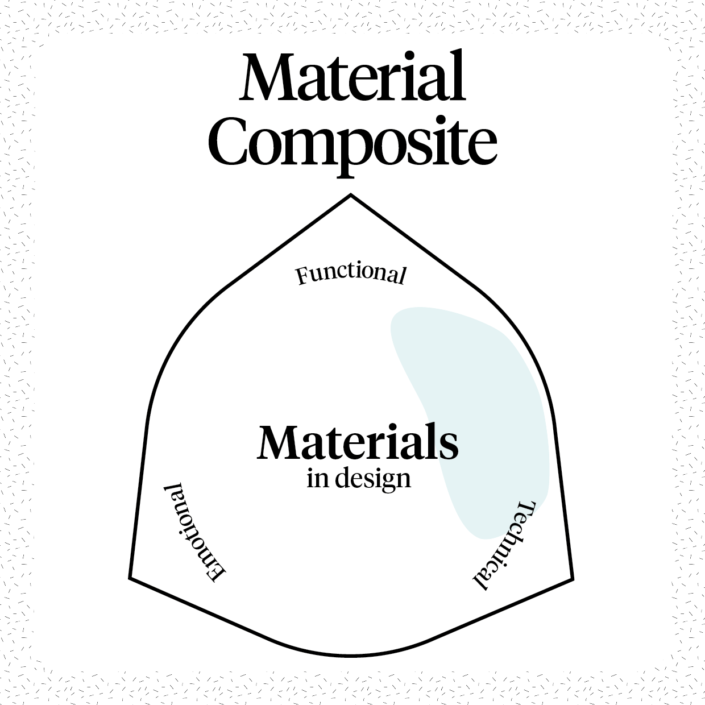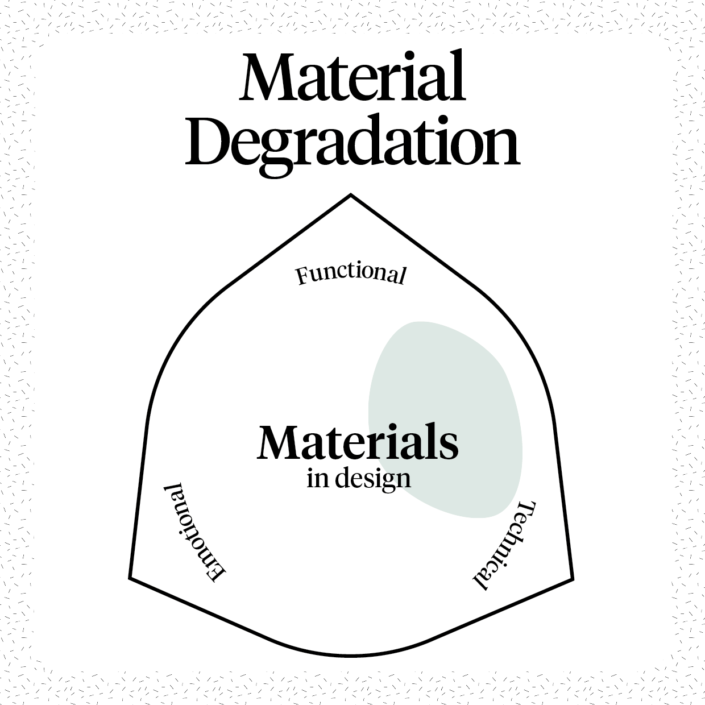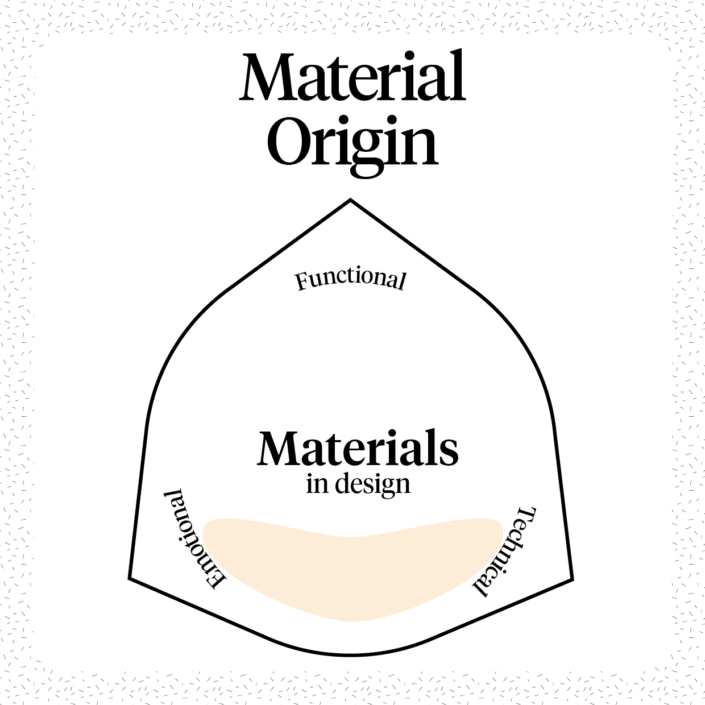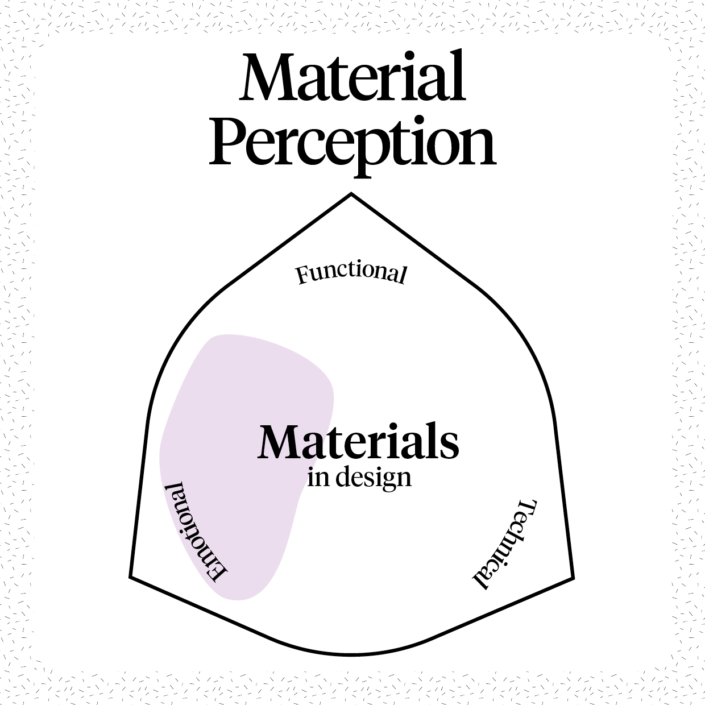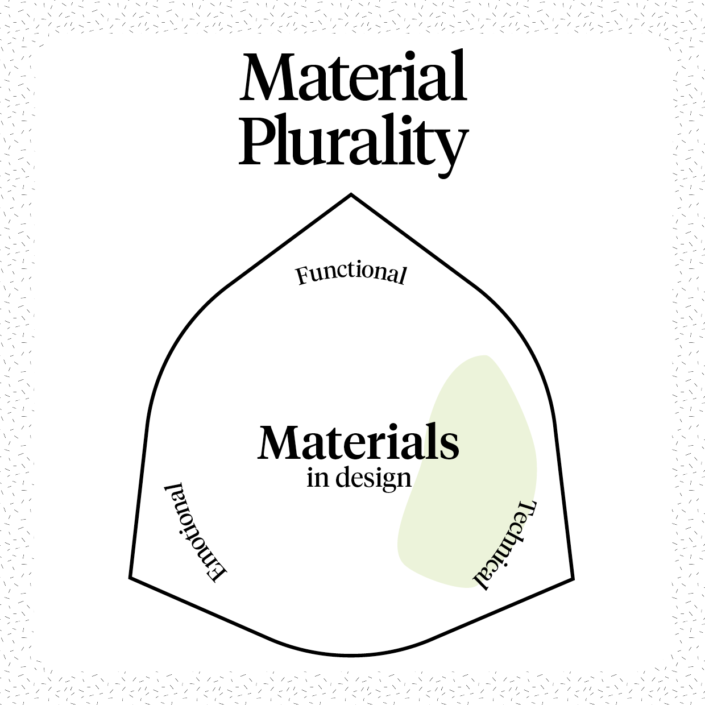What?
Materials that are developed or promoted to substitute another due to e.g. functional, environmental, ethical, legal, economic or cultural concerns and the possible changed practices due to material substitution. A common material substitute is that of vegan alternatives to animal-based products such as meat and leather.
Why?
Material substitution is a result of an ever-changing dynamic society. Here the availability of different material substitutes can both challenge and stabilise markets.
Challenges
- A material’s technical, functional and emotional aspects can be compromised.
- Material substitutes can be more expensive and difficult to get hold of.
- Lack of transparency/information may contribute to ‘green washing’.
- It is necessary to have a holistic approach to material substitution as other aspects may become problematic.
Examples
- Piñatex, a leather alternative, is a by-product of the pineapple harvest that provides positive social and economic impact.
- With peace silk, the silkworm is allowed to emerge naturally from the cocoon before the leftover material resource is spun together.
- In a EU directive aiming to lower energy consumption for electronic household goods, the maximum hoover engine power was lowered from 1600W (2014) to 900W (2017).
Further Reading
Bontempi (2017). Raw Materials Substitution Sustainability. Springer.
Twine (2017). Materially Constituting a Sustainable Food Transition: The Case of Vegan Eating Practice. Sociology 52(1), pp. 166–81.

